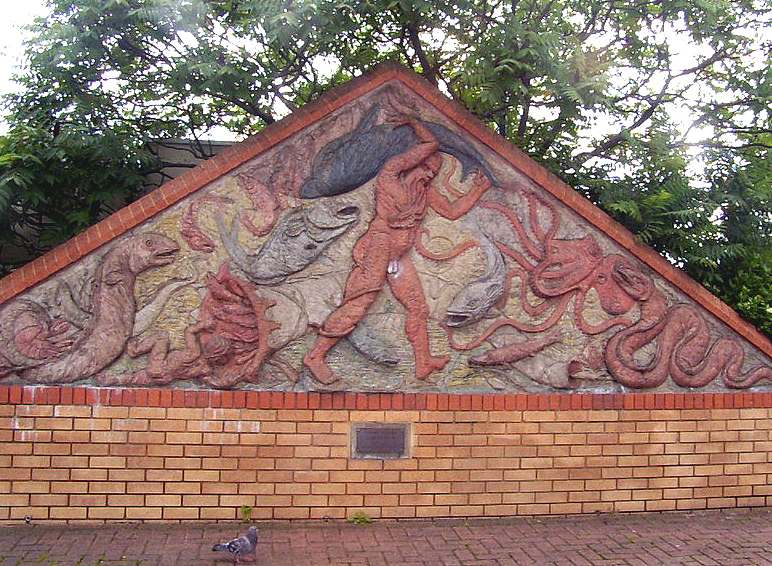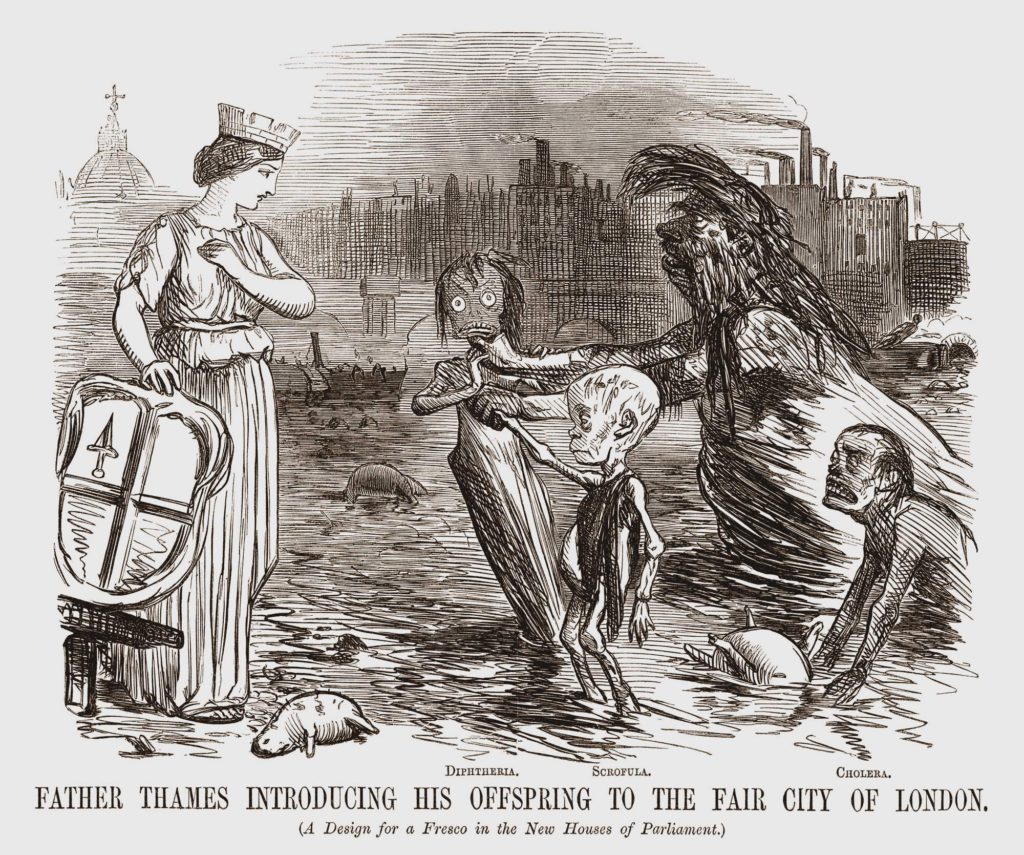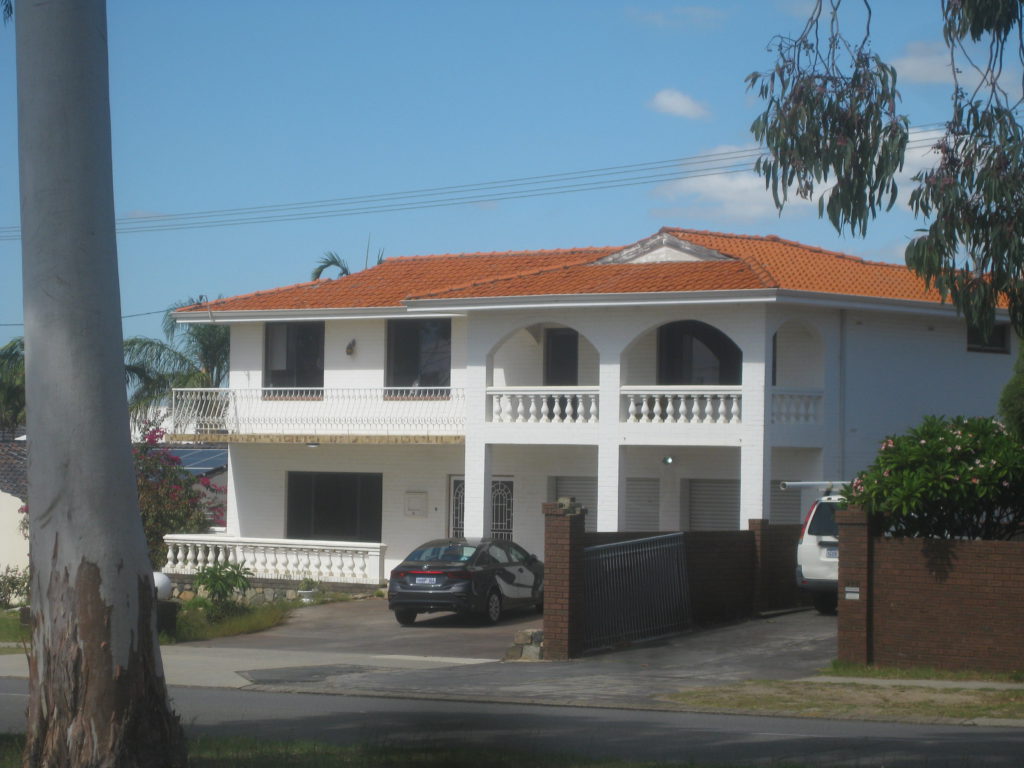So I was thinking, why not share some wild speculation about the Old Man – Genius Loci of the River Thames – in Ben Aaronovitch’s PC Grant/Rivers of London series?
The Old Man – AKA Father Thames – was originally a Romano-British priest named Tiberius Claudius Verica who made a deal with the River Thames while standing on the original bridge of Roman London. And when we say original bridge we mean original. When Peter pays a second visit to the memory of Roman London in Lies Sleeping he notes that the bridge stands on pontoons, making it the temporary one the Romans put up after their invasion in AD 43. They replaced it with a pile bridge around AD 50, so there’s maybe a period of 10 years when Verica could have made his deal.
His ‘sons’ on the other hand – the Genii Locorum of the Thames’ tributaries – clearly predate the Romans. Familial relationships between river gods are unnecessarily complicated, but both the old Beverly Brook and Tyburn are at the very least Celtic Britons. Assuming they updated with the times (which we certainly know Sir William of Tyburn did) they could conceivably date back to the first peopling of Britain way back in the paleolithic.
Whenever exactly Tyburn and Beverly (or should that be Beaver-Lea?) were adopted by their water courses, it certainly preceded the adoption of Verica. Which seems pretty odd. How is it that (comparatively) minor rivers would have their own deities, while the Thames didn’t?
One answer is obvious. It used to have a god, but then it didn’t. The Old Man is not the original Genius Loci of the Thames!
We have seen several examples of rivers losing their gods then acquiring new ones. The most prominent is of course is the abandonment of the lower Thames by the Old Man after the Great Stink and the deaths of his sons in 1858. The tideway remained godless for a century until the adoption of Mamma Thames circa 1958. But there’s also the example of the Mosel, whose Genius Loci was murdered by the Ahnenerbe during World War II. A new goddess spontaneously appeared around 2010, seventy or so years later.
In 2013 During the events of Foxglove Summer Peter and Beverly were involved in the potential creation of a new Genius Loci for the River Lugg, the previous god having been killed by Welsh Methodists. While Methodism started spreading through Wales in the 1730s it doesn’t seem unreasonable to presume that attempts at river-murder would require some kind of organisational backing – the official Presbyterian Church of Wales being established in 1811 suggests the attack may have taken place after that date.
(Edit: A reread of Foxglove Summer has supplied the fact that the Lugg was done in during the Victorian era, which gives us a limit of 112 to 176 years before 2013)
So these examples give us rivers waiting for between 70 and 200 176 years to choose a new god.
If we apply this range to the date of Tiberius Claudius Verica’s elevation to Genius Loci we get a date for the death of the previous Father Thames somewhere between 130 and 20 BC. So the question is, what happened around the Thames in this period that could have killed a Genius Loci?
I’ll tell you what happened – three words – Gaius Julius Caesar!
Caesar’s first invasion of Britain in 55 BC was a bit of a fizzer. He turned up on the beach, made camp, lost a bunch of boats to unexpected high tides then turned around and went home. But the following year he came back and (despite further tidal problems) ended up chasing the Britons all the way to the Thames and parts beyond. He even sent a war elephant stomping into the river. We know that the Romans knew how to make gods (cf. Mr Punch), isn’t it possible they knew how to kill them too?
If we want to speculate further, perhaps it wasn’t tides that damaged Caesar’s boats? A ticked off Genius Loci in control of the Thames Estuary could do a lot of damage. And anyone – god or man – who struck at Julius Caesar usually came to regret it.
So in 45 BC Caesar’s legions killed the god of the Thames. Ninety-five years later the river chose a new god, a young Briton who’d seen which way the wind was blowing and hitched his chariot to the incoming Romans.
(Of course none of this explains why the Walbrook had no god 11 years later, but I can’t solve all these issues at once!)
Edit: I turned this into a story, because of course I did.










